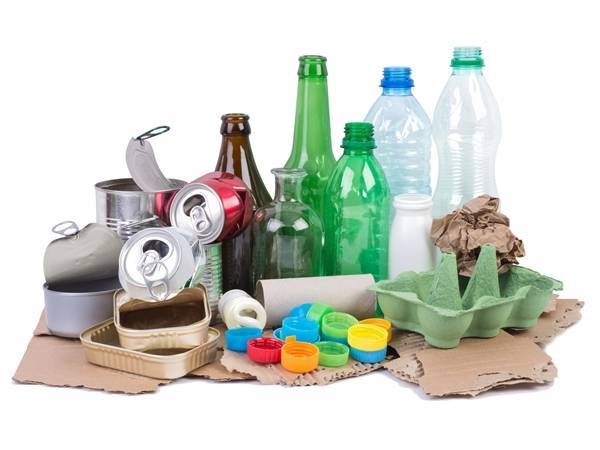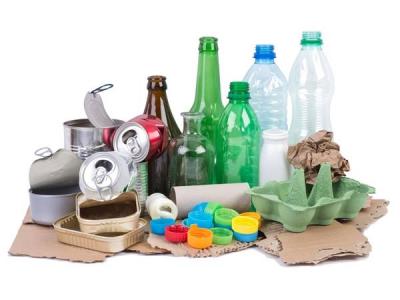A new study published in the journal *Scientific Reports* indicates that a 20% shift in beverage sales from small to medium-sized plastic bottles could reduce polyethylene terephthalate (PET) waste production in the United States by over 9,000 tons annually.
It is noteworthy that polyethylene terephthalate (PET) is the predominant material used in the manufacture of plastic bottles containing non-alcoholic beverages. Researchers Rafael Ariola and Randolph Boochlin weighed 187 plastic bottles of various sizes sold by the best-selling beverage brands in Minnesota to identify the most efficient bottle sizes for delivering the largest volume of beverages with the least packaging weight, validating their findings. They combined data on the sales of various sizes of PET bottles and the weight of PET waste in Minnesota from 2009 to 2013. This data was used to estimate the impact of changes in sales of certain sizes of PET bottles on the PET waste causing environmental pollution.
The researchers found that the most efficient (medium) bottle capacity was around 2265 milliliters. As the proportion of medium-sized PET bottles sold increased, the weight of PET waste decreased. By simulating the effects of a 20% shift from small to medium-sized PET bottle sales, the authors estimate that the amount of PET produced could decrease by 1% each year, potentially leading to a reduction of 9,052 tons of PET waste across the United States annually.




